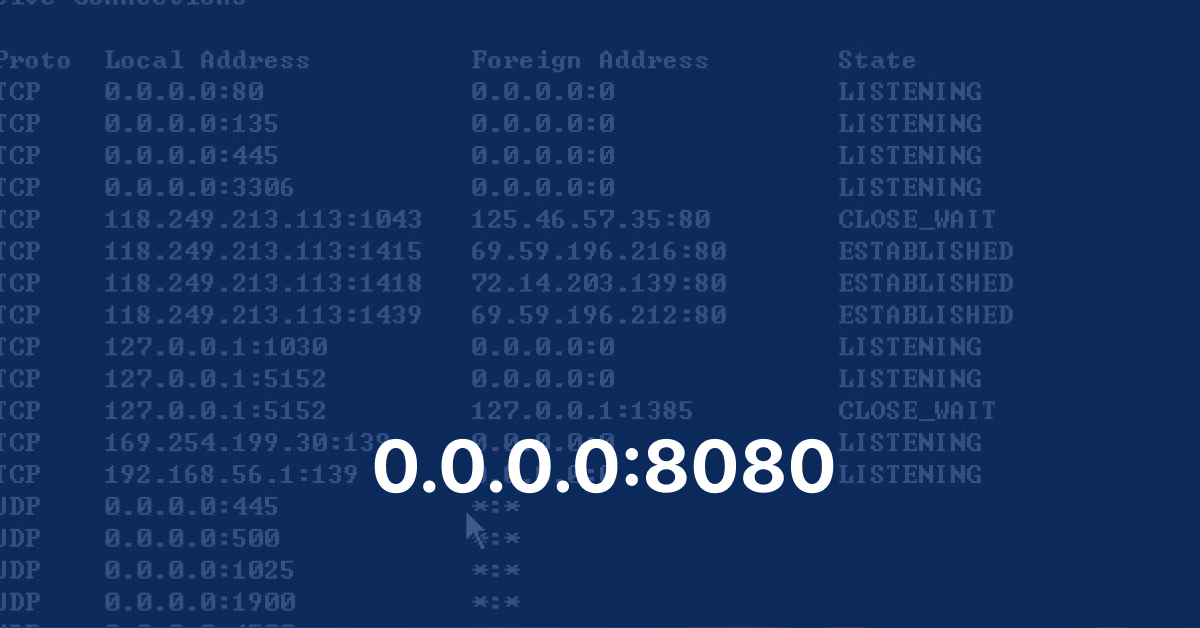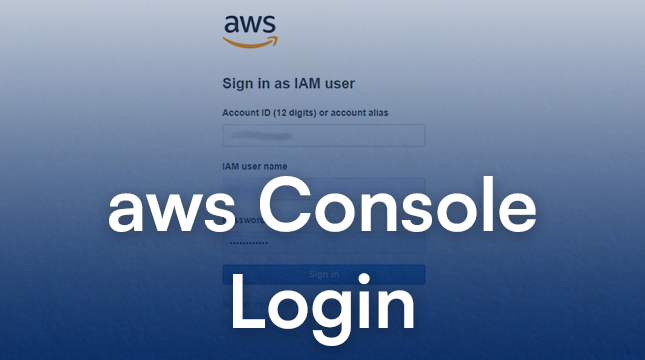This website uses cookies so that we can provide you with the best user experience possible. Cookie information is stored in your browser and performs functions such as recognising you when you return to our website and helping our team to understand which sections of the website you find most interesting and useful.
0.0.0.0:8080 Means: Decoding the Hidden Meaning

Have you ever encountered the cryptic combination “0.0.0.0:8080” while troubleshooting network settings or exploring server configurations? This seemingly innocuous string of numbers and symbols holds a deeper meaning within the digital world. In this article, we’ll embark on a journey to decipher the secrets behind 0.0.0.0:8080, understanding its individual components and their combined significance.
Reveling the Mystery of 0.0.0.0
Before diving into the specific meaning, let’s establish a foundational understanding of IP addresses. These unique numerical identifiers act like digital addresses for devices connected to a network, allowing them to communicate and exchange information. The most commonly used version in today’s internet landscape is IPv4, consisting of four sets of numbers separated by periods, like the one in our focus: 0.0.0.0.
Now, the intriguing part lies within the specific values of 0.0.0.0. Unlike a traditional IP address that pinpoints a single device, this combination acts as a wildcard, representing all network interfaces available on a particular machine. Imagine it as a universal listening post, ready to receive connections from any network interface the computer possesses. This includes the loopback interface (127.0.0.1), which allows communication within the machine itself.
However, it’s crucial to remember that 0.0.0.0 doesn’t translate to a publicly accessible address. Devices on the internet cannot directly connect to a machine using just 0.0.0.0. Additional configurations like port forwarding or network routing are necessary to make the service accessible from the outside world.
The Significance of Port Numbers: 8080 in the Spotlight
While IP addresses provide the location, ports act as designated doorways for specific services or applications. Imagine them as different rooms within a house, each with a unique purpose. The number following the colon (:) in our case, 8080, signifies the specific port being used.
Understanding common port numbers is essential for navigating the digital landscape. Port 80, for instance, reigns supreme as the default port for web traffic. When you type a website address into your browser, it automatically connects to port 80 on the destination server to retrieve the requested information.
Meanwhile, port 443 plays a crucial role in secure communication, often used for encrypted protocols like HTTPS. This ensures the safe transmission of sensitive data, such as login credentials or financial information. Additionally, port 22 is commonly associated with Secure Shell (SSH) access, allowing administrators to remotely manage and configure servers.
When Worlds Collide: 0.0.0.0 and 8080 Working Together
Now that we’ve delved into the individual components, let’s explore how 0.0.0.0 and 8080 work together. This combination often appears in server configurations, particularly when dealing with web services. Here are some common applications and implications:
- Web Servers and Local Network Accessibility: When a web server on a machine listens on 0.0.0.0:8080, it signifies that the server is accessible from any device within the local network, regardless of the specific IP address used. This is particularly useful for development and testing purposes, allowing multiple devices within the same network to access the web server.
- Development and Testing Environments: Developers often utilize 0.0.0.0:8080 to set up local web servers on their machines. This allows them to test and debug web applications without deploying them to a public server, streamlining the development process.
- Security Considerations: While convenient for internal testing, using 0.0.0.0:8080 on a publicly accessible server can pose security risks. It’s crucial to implement proper security measures like firewalls and access controls to restrict unauthorized access from the internet.
Conclusion: Hidden Meaning
Understanding the meaning behind 0.0.0.0:8080 empowers us to navigate the intricacies of network communication. By dissecting the individual components – the wildcard IP address and the specific port number – we gain valuable insights into how devices communicate and services operate within a network. Whether for development, network administration, or simply demystifying the digital world, this knowledge sheds light on the hidden meaning behind this seemingly cryptic combination.
FAQs
- Can I access a server using 0.0.0.0 directly from the internet?
No, 0.0.0.0 itself is not a publicly accessible address. Additional network configurations like port forwarding are necessary to make the service reachable from the internet.
- What are some alternative notations for 0.0.0.0?
Sometimes, you might encounter “*” or “::” used instead of 0.0.0.0, signifying the same concept of listening on all available network interfaces.
- Is it safe to use 0.0.0.0:8080 on a publicly accessible server?
While convenient for internal testing, using 0.0.0.0:8080 on a public server can be risky. It’s essential to implement proper security measures like firewalls and access controls to restrict unauthorized access.
- What are some other common port numbers I should be aware of?
Besides the ones mentioned, some other frequently used ports include: * Port 21: FTP (File Transfer Protocol) * Port 25: SMTP (Simple Mail Transfer Protocol) * Port 445: SMB (Server Message Block)
- Where can I learn more about IP addresses and ports?
Numerous online resources provide detailed information about IP addresses, port numbers, and network protocols. You can explore websites like IANA (Internet Assigned Numbers Authority) or network documentation from specific operating systems.

Let's Start Your Project
Get free consultation for your digital product idea to turn it into reality!
Get Started






